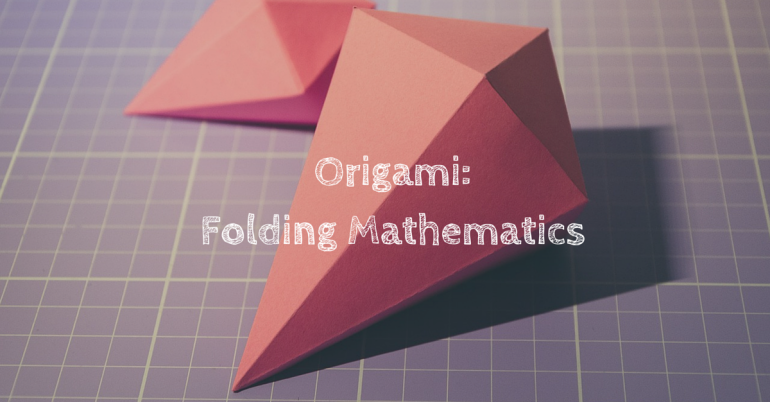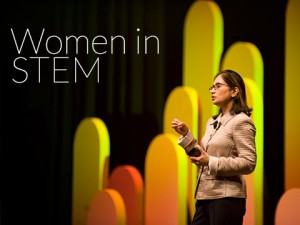
Origami is a lot of different things to a lot of different people. With uses in architecture, math, and engineering, Origami is also relevant to STEM fields. Recently origami has been used in the design of buildings, furniture, and teaching. The art of paper folding is an incredible tool for demonstrating mathematical concepts, complex structural design, and many engineering marvels. It is because of this that origami should be considered a serious asset to STEM fields.
Simply put, origami is the art of paper folding. There are no age limitations, next to no cost, and because of the only required material being paper, it is extremely accessible.
From tessellations to icosahedrons, shapes and patterns can be shown by folding paper. College professors and elementary school teachers alike have had their students fold origami models for their educational benefits. Origami is perhaps the simplest ways to physically show structural forms. With only a few folds, basic shapes are made. In advanced forms, origami is folded for hundreds of hours, making intricate and delicate forms.
Modular origami is a large part of origami design. Modular designs allow multiple pieces of origami to be connected into one larger piece. This allows more complex and larger designs than what otherwise might be possible with a single sheet of paper. Many modular designs are geometric and symmetrical and it is there that more of origami’s potential in engineering appears. Modular origami, and origami in general, do not involve glue, tape, or any other type of adhesion. This requires origami designs to be well-engineered to be structurally sound and not fall apart on their own. This requirement for strength translates well into architecture, and indeed, several buildings in recent years have been based on origami designs.
Geometrical figures, proportions, tessellations, symmetry, angles, and other math concepts can all be made with origami. This allows hands-on demonstration of ideas and allows for greater learning opportunity.
Because origami has structural qualities beneficial for architecture, it provides endless learning opportunities and acts as a physical example of mathematical concepts. It should not be considered merely as a hobby.







